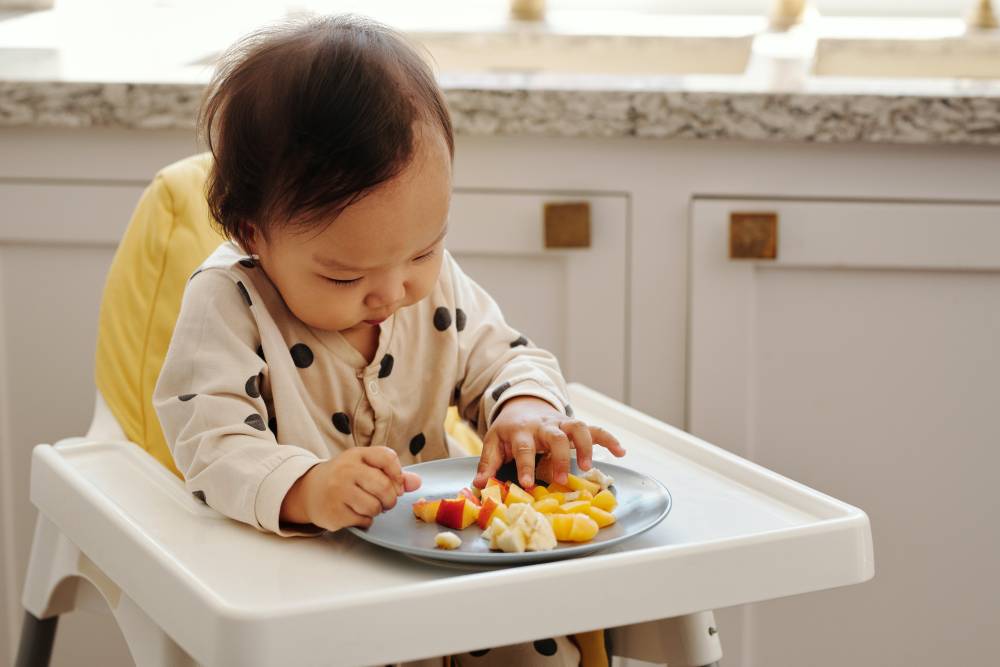As parents and caregivers, we eagerly anticipate every milestone in our child's development, and one significant moment that marks the transition from dependence to independence is the initiation of self-feeding. The question that often lingers in many minds is, "From which age is the perfect time to start children on the path to self-feeding?" In this blog post, we'll explore the factors to consider and provide insights into when it might be the ideal time to introduce the journey of self-feeding.
Understanding Developmental Readiness:
-
Motor Skills Development: One of the primary indicators of readiness for self-feeding is the development of fine motor skills. Can your child grasp small objects, such as finger foods or a spoon? The ability to bring food to the mouth and coordinate hand movements is a crucial aspect of self-feeding.
-
Sitting Independently: Before a child can begin to feed themselves, they should be able to sit up independently. This milestone typically occurs around 6 to 8 months of age. A stable sitting position provides the foundation for successful self-feeding.
-
Interest in Food: Pay attention to your child's interest in food. If they show curiosity, reach for objects on the table, or exhibit a desire to imitate your eating actions, it may be a sign that they are ready to explore self-feeding.
The Perfect Time to Start:
-
Around 6 to 8 Months: Many experts suggest that the ideal time to introduce self-feeding is around 6 to 8 months when babies have developed the necessary motor skills and can sit up with support. Begin with simple finger foods or offer a pre-loaded spoon to encourage exploration.
-
Gradual Introduction of Utensils: As your child grows, gradually introduce utensils such as a baby spoon. Allow them to experiment with holding and bringing the spoon to their mouth. This process is a learning experience, and messes are a natural part of the journey.
-
Encourage Independence: Foster a sense of independence by letting your child take the lead during mealtime. Offer a variety of age-appropriate foods and allow them to explore textures, tastes, and feeding techniques at their own pace.
-
Monitor Readiness Signs: Keep an eye on signs of readiness, such as improved hand-eye coordination and increased interest in self-feeding. Adjust your approach based on your child's individual pace and comfort level.
Conclusion:
The perfect time to start children on the path to self-feeding is a personalized journey that depends on individual developmental milestones. By observing your child's motor skills, sitting abilities, and interest in food, you can gauge when they might be ready to take those first exciting steps toward independence. Remember, each child is unique, and the key is to create a positive and supportive environment that encourages exploration and builds a healthy relationship with food from an early age.








